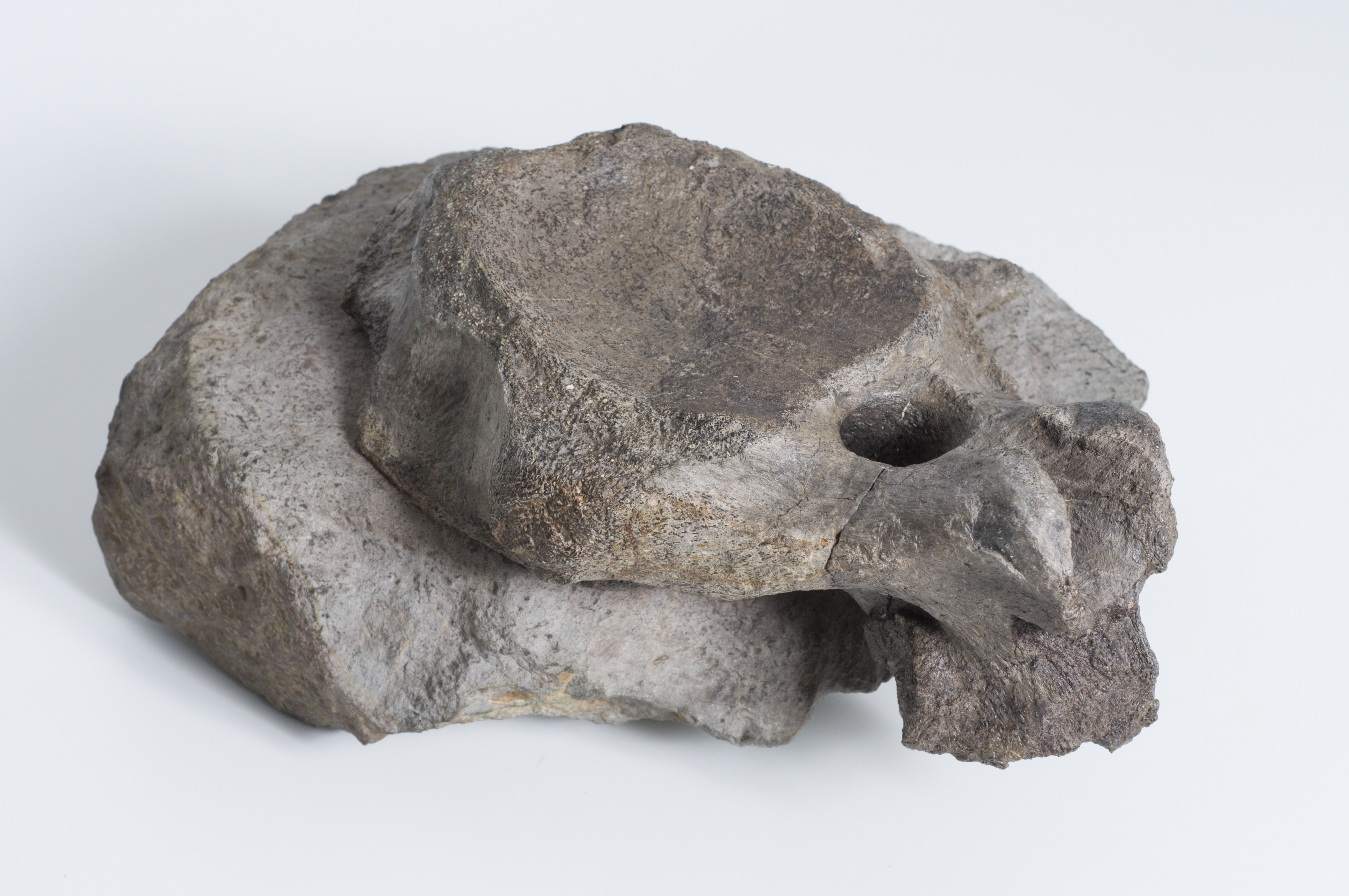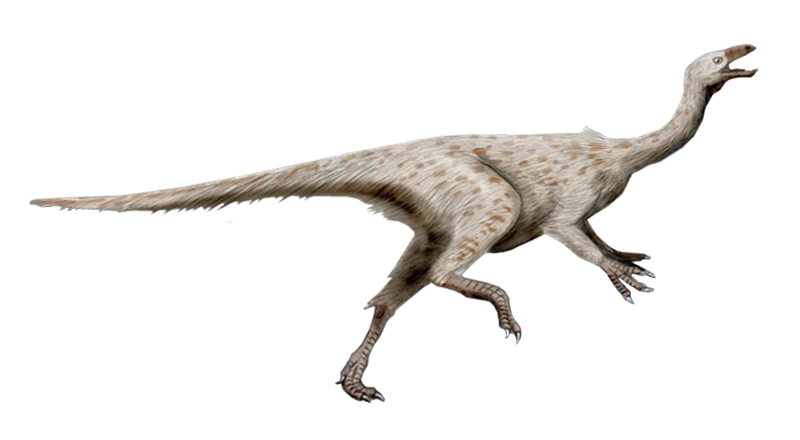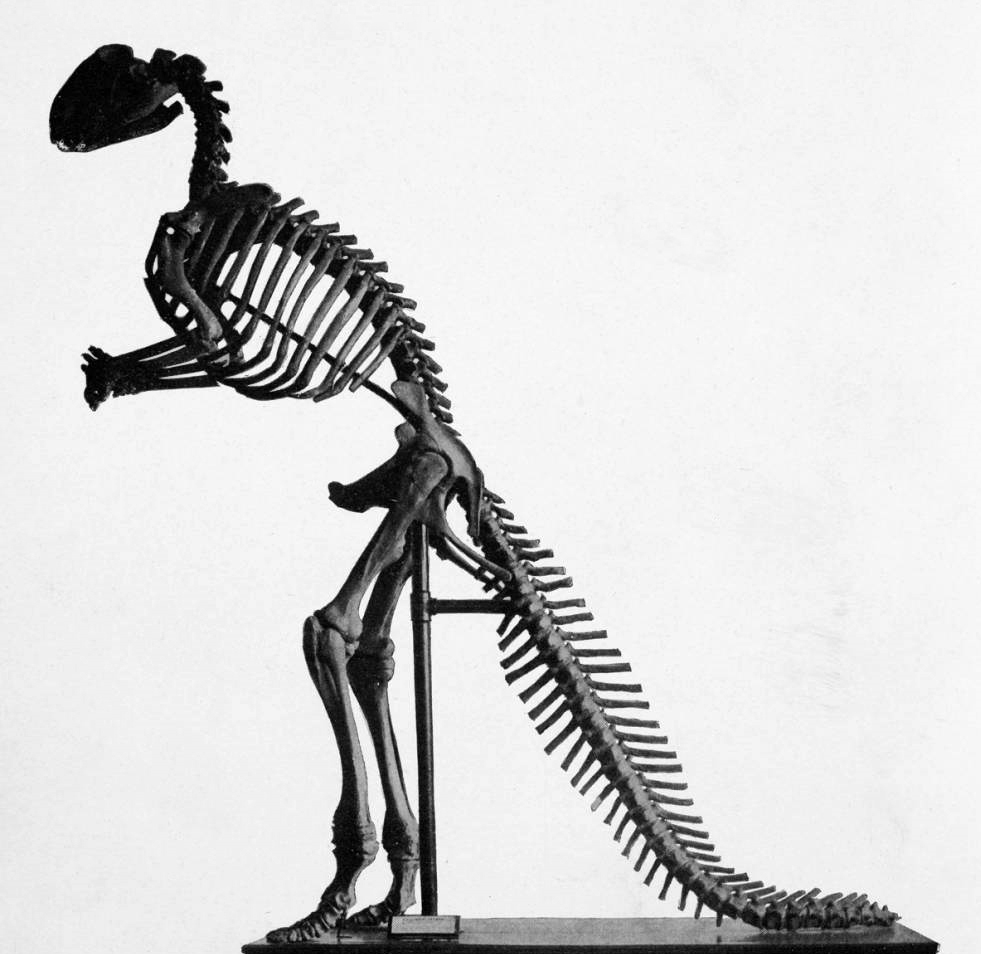|
Navesink Formation
The Navesink Formation is a 66 to 70 mya greensand glauconitic marl and sand geological formation in New Jersey. It is known for its Cretaceous period fossil shell beds and dinosaur bones. Description The Navesink Formation, named after Navesink, New Jersey, is typically found above the Mount Laurel Formation and under the Red Bank Formation. There is a 5 mya gap between the Navesink and Mount Laurel Formations. The Navesink varies in depth from to across its range from Sandy Hook to Pennsville. The Navesink has the highest radon gas potential of the New Jersey geologic formations. Sites There are several locations where the Navesink Formation is visible including Poricy Park in Middletown, New Jersey Middletown Township is a township in Monmouth County, New Jersey, United States. As of the 2020 United States Census, the township had a total population of 67,106, making it the most-populous municipality in the county and the state's 16th ... which has several expo ... [...More Info...] [...Related Items...] OR: [Wikipedia] [Google] [Baidu] |
Geological Formation
A geological formation, or simply formation, is a body of rock having a consistent set of physical characteristics ( lithology) that distinguishes it from adjacent bodies of rock, and which occupies a particular position in the layers of rock exposed in a geographical region (the stratigraphic column). It is the fundamental unit of lithostratigraphy, the study of strata or rock layers. A formation must be large enough that it can be mapped at the surface or traced in the subsurface. Formations are otherwise not defined by the thickness of their rock strata, which can vary widely. They are usually, but not universally, tabular in form. They may consist of a single lithology (rock type), or of alternating beds of two or more lithologies, or even a heterogeneous mixture of lithologies, so long as this distinguishes them from adjacent bodies of rock. The concept of a geologic formation goes back to the beginnings of modern scientific geology. The term was used by Abraham Gottlob Wer ... [...More Info...] [...Related Items...] OR: [Wikipedia] [Google] [Baidu] |
Charadriiformes
Charadriiformes (, from ''Charadrius'', the type genus of family Charadriidae) is a diverse order of small to medium-large birds. It includes about 390 species and has members in all parts of the world. Most charadriiform birds live near water and eat invertebrates or other small animals; however, some are pelagic (seabirds), others frequent deserts, and a few are found in dense forest. Members of this group can also collectively be referred to as shorebirds. Taxonomy, systematics and evolution The order was formerly divided into three suborders: * The waders (or "Charadrii"): typical shorebirds, most of which feed by probing in the mud or picking items off the surface in both coastal and freshwater environments. * The gulls and their allies (or " Lari"): these are generally larger species which take fish from the sea. Several gulls and skuas will also take food items from beaches, or rob smaller species, and some have become adapted to inland environments. * The auks (or "Alcae" ... [...More Info...] [...Related Items...] OR: [Wikipedia] [Google] [Baidu] |
Telmatornis
''Telmatornis'' is a valid prehistoric bird genus of unclear affiliations. It apparently lived in the Late Cretaceous; its remains were found in the early Maastrichtian (c.71-68 million years ago) Navesink Formation of New Jersey. A single species is included today, ''Telmatornis priscus''. It was for some time united with other taxa of aquatic birds from around the Cretaceous-Paleocene boundary in the form taxon " Graculavidae", the supposed "transitional shorebirds", but this group is now known to be artificial. Some sources erroneously claim it was allied with ducks and geese. The reason for this is that the early anseriform '' Anatalavis rex'' was for some time included in ''Telmatornis''. Hope (2002), however, noted that ''Telmatornis'' shares many characters with members of Charadriiformes, the ancient and diverse group of modern birds that includes for example gulls, auks and waders. A cladistic analysis of the forelimb skeleton (Varricchio 2002) found it highly similar ... [...More Info...] [...Related Items...] OR: [Wikipedia] [Google] [Baidu] |
Ornithomimidae
Ornithomimidae (meaning "bird-mimics") is a family of theropod dinosaurs which bore a superficial resemblance to modern ostriches. Ornithomimids were fast, omnivorous or herbivorous dinosaurs known mainly from the Late Cretaceous Period of Laurasia (now Asia and North America), though they have also been reported from the Lower Cretaceous Wonthaggi Formation of Australia. Description The skulls of ornithomimids were small, with large eyes, above relatively long and slender necks. All had toothless beaks. The fore limbs ('arms') were long and slender and bore powerful claws. The hind limbs were long and powerful, with a long foot and short, strong toes terminating in hooflike claws. Ornithomimids were probably among the fastest of all dinosaurs.Holtz, Thomas R. Jr. (2012) ''Dinosaurs: The Most Complete, Up-to-Date Encyclopedia for Dinosaur Lovers of All Ages,'Winter 2011 Appendix./ref> Like many other coelurosaurs, the ornithomimid hide was feathered rather than scaly. Biology C ... [...More Info...] [...Related Items...] OR: [Wikipedia] [Google] [Baidu] |
Tyrannosauroidea
Tyrannosauroidea (meaning 'tyrant lizard forms') is a superfamily (or clade) of coelurosaurian theropod dinosaurs that includes the family Tyrannosauridae as well as more basal relatives. Tyrannosauroids lived on the Laurasian supercontinent beginning in the Jurassic Period. By the end of the Cretaceous Period, tyrannosauroids were the dominant large predators in the Northern Hemisphere, culminating in the gigantic ''Tyrannosaurus''. Fossils of tyrannosauroids have been recovered on what are now the continents of North America, Europe and Asia, with fragmentary remains possibly attributable to tyrannosaurs also known from South America and Australia. Tyrannosauroids were bipedal carnivores, as were most theropods, and were characterized by numerous synapomorphy, skeletal features, especially of the skull and pelvis. Early in their existence, tyrannosauroids were small predators with long, three-fingered forelimbs. Late Cretaceous genera became much larger, including some of the ... [...More Info...] [...Related Items...] OR: [Wikipedia] [Google] [Baidu] |
List Of Informally Named Dinosaurs
This list of informally named dinosaurs is a listing of dinosaurs (excluding Aves; birds and their extinct relatives) that have never been given formally published scientific names. This list only includes names that were not properly published (" unavailable names") and have not since been published under a valid name (see list of dinosaur genera for valid names). The following types of names are present on this list: * ''Nomen nudum'', Latin for "naked name": A name that has appeared in print but has not yet been formally published by the standards of the International Commission on Zoological Nomenclature. ''Nomina nuda'' (the plural form) are invalid, and are therefore not italicized as a proper generic name would be. * '' Nomen manuscriptum'', Latin for "manuscript name": A name that appears in manuscript but was not formally published. A ''nomen manuscriptum'' is equivalent to a ''nomen nudum'' for everything except the method of publication, and description. * '' Nomen ex ... [...More Info...] [...Related Items...] OR: [Wikipedia] [Google] [Baidu] |
Laelaps Macropus
This list of informally named dinosaurs is a listing of dinosaurs (excluding Aves; birds and their extinct relatives) that have never been given formally published scientific names. This list only includes names that were not properly published (" unavailable names") and have not since been published under a valid name (see list of dinosaur genera for valid names). The following types of names are present on this list: * ''Nomen nudum'', Latin for "naked name": A name that has appeared in print but has not yet been formally published by the standards of the International Commission on Zoological Nomenclature. ''Nomina nuda'' (the plural form) are invalid, and are therefore not italicized as a proper generic name would be. * ''Nomen manuscriptum'', Latin for "manuscript name": A name that appears in manuscript but was not formally published. A ''nomen manuscriptum'' is equivalent to a ''nomen nudum'' for everything except the method of publication, and description. * ''Nomen ex di ... [...More Info...] [...Related Items...] OR: [Wikipedia] [Google] [Baidu] |
Ornithomimosauria
Ornithomimosauria ("bird-mimic lizards") are theropod dinosaurs which bore a superficial resemblance to the modern-day ostrich. They were fast, omnivorous or herbivorous dinosaurs from the Cretaceous Period (geology), Period of Laurasia (now Asia, Europe and North America), as well as Africa and possibly Australia. The group first appeared in the Early Cretaceous and persisted until the Late Cretaceous. Primitive members of the group include ''Nqwebasaurus'', ''Pelecanimimus'', ''Shenzhousaurus'', ''Hexing'' and ''Deinocheirus'', the arms of which reached 2.4 m (8 feet) in length. More advanced species, members of the family Ornithomimidae, include ''Gallimimus'', ''Struthiomimus'', and ''Ornithomimus''. Some paleontologists, like Paul Sereno, consider the enigmatic Alvarezsauridae, alvarezsaurids to be close relatives of the ornithomimosaurs and place them together in the superfamily Ornithomimoidea (see classification below). Description The skulls of ornithomimosaurs ... [...More Info...] [...Related Items...] OR: [Wikipedia] [Google] [Baidu] |
Nodosauridae
Nodosauridae is a family of ankylosaurian dinosaurs, from the Late Jurassic to the Late Cretaceous period in what is now North America, South America, Europe, and Asia. Description Nodosaurids, like their close relatives the ankylosaurids, were heavily armored dinosaurs adorned with rows of bony armor nodules and spines (osteoderms), which were covered in keratin sheaths. All nodosaurids, like other ankylosaurians, were medium-sized to large, heavily built, quadrupedal, herbivorous dinosaurs, possessing small, leaf-shaped teeth. Unlike ankylosaurids, nodosaurids lacked mace-like tail clubs, instead having flexible tail tips. Many nodosaurids had spikes projecting outward from their shoulders. One particularly well-preserved nodosaurid "mummy", known as the Suncor nodosaur (''Borealopelta markmitchelli''), preserved a nearly complete set of armor in life position, as well as the keratin covering and mineralized remains of the underlying skin, which indicate reddish dorsal pigmen ... [...More Info...] [...Related Items...] OR: [Wikipedia] [Google] [Baidu] |
Hadrosauridae
Hadrosaurids (), or duck-billed dinosaurs, are members of the ornithischian family Hadrosauridae. This group is known as the duck-billed dinosaurs for the flat duck-bill appearance of the bones in their snouts. The ornithopod family, which includes genera such as ''Edmontosaurus'' and ''Parasaurolophus'', was a common group of herbivores during the Late Cretaceous Period. Hadrosaurids are descendants of the Upper Jurassic/Lower Cretaceous iguanodontian dinosaurs and had a similar body layout. Hadrosaurs were among the most dominant herbivores during the Late Cretaceous in Asia and North America, and during the close of the Cretaceous several lineages dispersed into Europe, Africa, South America and Antarctica. Like other ornithischians, hadrosaurids had a predentary bone and a pubic bone which was positioned backwards in the pelvis. Unlike more primitive iguanodonts, the teeth of hadrosaurids are stacked into complex structures known as dental batteries, which acted as effective g ... [...More Info...] [...Related Items...] OR: [Wikipedia] [Google] [Baidu] |
Hadrosaurus
''Hadrosaurus'' (; ) is a genus of hadrosaurid ornithopod dinosaurs that lived in North America during the Late Cretaceous Period in what is now the Woodbury Formation about 80 million to 78 million years ago. The holotype specimen was found in fluvial marine sedimentation, meaning that the corpse of the animal was transported by a river and washed out to sea. They were large animals ranging from and . Most of the preserved elements are very robust, unusual traits in hadrosaurs. ''Hadrosaurus'' were ponderously-built animals equipped with keratinous beaks for cropping foliage and a specialized and complex dentition for food processing. ''Hadrosaurus foulkii'', the only species in this genus, is known from a single specimen consisting of much of the skeleton and parts of the skull. The specimen was collected in 1858 from the Woodbury Formation in New Jersey, US, representing the first dinosaur species known from more than isolated teeth to be identified in North America. Using r ... [...More Info...] [...Related Items...] OR: [Wikipedia] [Google] [Baidu] |







